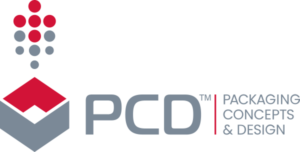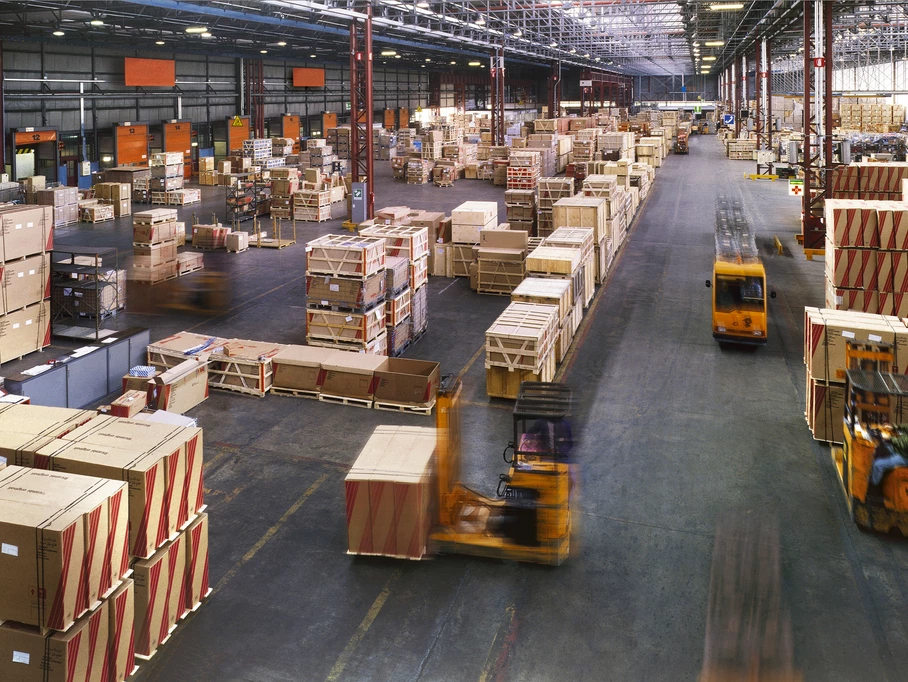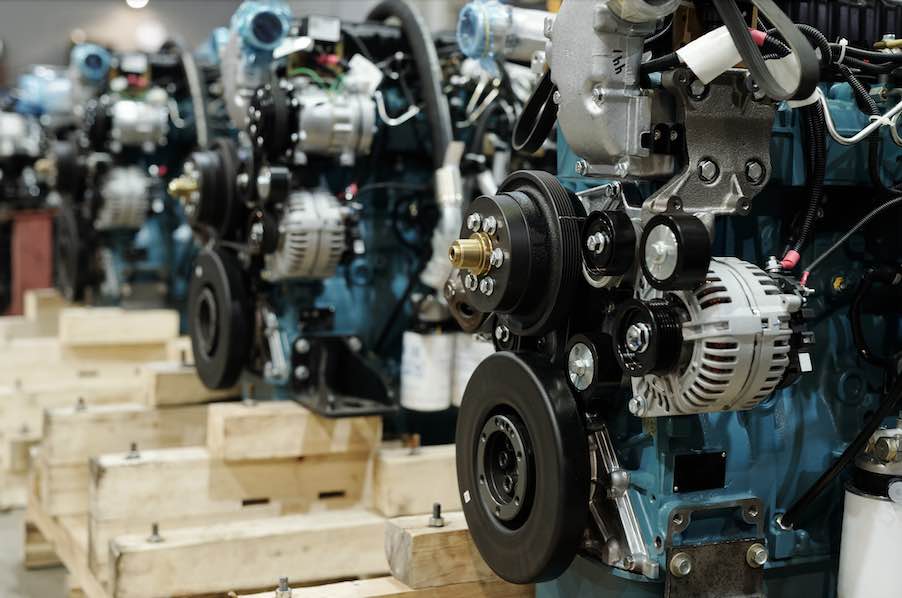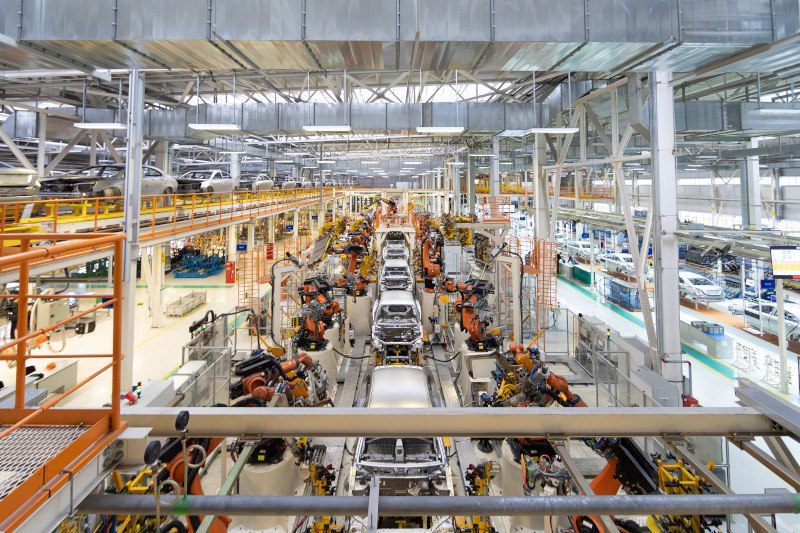Packaging design is complicated and situationally dependent. And though experts have written plenty of research on the enmeshed relationship between packaging design and supply chain efficiency, little is understood about how to implement an optimized packaging system. Industrial supply chains continue to produce excess waste, hinder operations and cost much more than they should. To solve this, industrial organizations should invest in a customized packaging if they want to reduce operational costs. But first, here’s three things you should know before taking the packaging plunge.
1. Mainstream Understanding and Legislature about Packaging Design is Consumer-Focused.
A study published in the International Journal of Production Research argues that industrial industries have been left out of the packaging design conversation in favor of consumer packaging. Simply put: there’s been too much focus on packaging aesthetics and marketing instead of supply chain optimization. Due to the lack of representation, industrial organizations need to consult with packaging experts who understand it from a supply chain perspective and who consider:
- Your GPS system
- Package movement during transport
- The types of packaging
- Cubing or space optimization
2. Packaging Design Decisions Involve Many Stakeholders
Unfortunately, suppliers who are lower on the supply chain totem pole have less influence over their packaging designs. Sometimes customer-imposed requirements are stringent and specific but most of the time they’re generalized. For companies who have less influence, consulting with all stakeholders with the goal of reducing everyone’s costs, is a great first step towards a better packaging design.
3. What’s easy isn’t always what’s best
Like most major company decisions, it all comes down to costs. Packaging decision makers want to save money, but due to certain pressures, they might choose what’s easy and cheap in the moment. While this thinking process may offer a short-term solution, in the long term, what’s easy isn’t usually what’s best for operational finances or supply chain efficiency. There are several things that will contribute to cost savings over time:
- Materials used
- Prototypes and tests
- The quantity of the product
- How soon/how frequently will the packaging need to be produced
- The costs of producing the packaging
- If special equipment must be built to produce the package
We have extensive experience designing packaging that meets our clients’ unique needs and transforms their supply chain. If you’d like to learn more about how we can optimize your bottom line and would like a quote, please contact us here!





